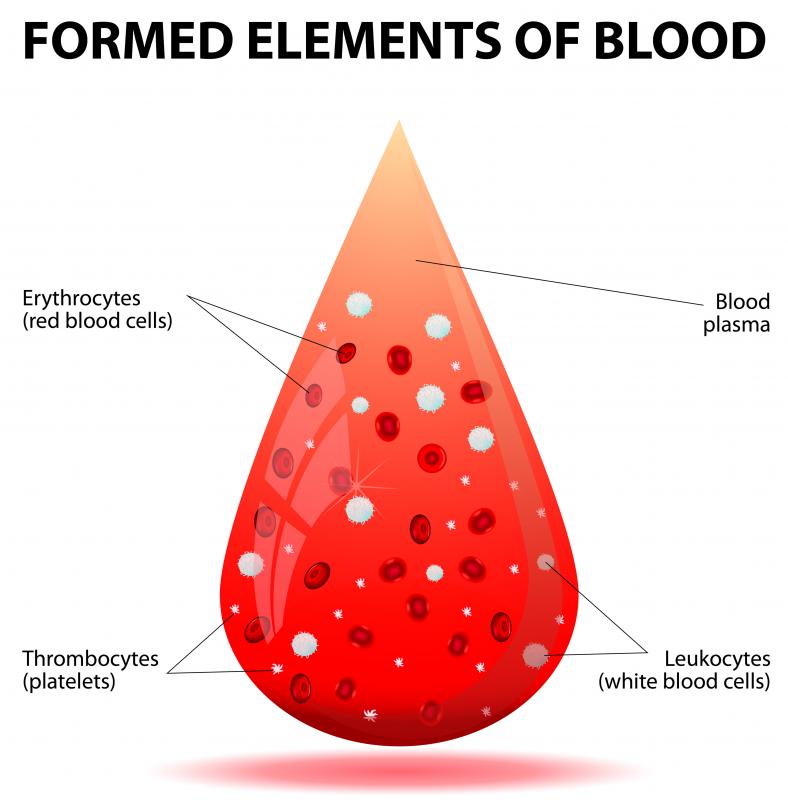At TheHealthBoard, we're committed to delivering accurate, trustworthy information. Our expert-authored content is rigorously fact-checked and sourced from credible authorities. Discover how we uphold the highest standards in providing you with reliable knowledge.
How does the Immune System Use Basophils?
The immune system uses different types of white blood cells to defend the human body against foreign invaders. Of these white blood cell types, basophils are designed to release histamine. Histamine is most commonly associated with allergic reactions, but its true purpose is to increase blood flow to an area of the body the immune system deems under attack from foreign substances. These white blood cells also serve as an attractor for other cells needed to fight off invading bacteria and other threats.
Basophils are part of the body’s innate immunity. In other words, these immune system components are present at birth as opposed to acquired from exposure to a biological threat. The primary function of basophils is to release histamine in response to allergens. Histamine increases blood flow, which brings an increased and steady supply of various white blood cells to bear on any foreign substance the immune system deems a threat. The increased blood flow also results in the stereotypical inflammation associated with allergic reactions.

Histamine also causes neutrophils and eosinophils to leave the bloodstream and destroy threatening cells. Neutrophils and eosinophils are also types of white blood cells, with neutrophils being the most common and the first to mount a defense against invading cells. Acting on the signal of basophils, neutrophils immediately respond by releasing enzymes that break down bacteria, foreign cells, and other microscopic threats. Without the necessary basophilic signal, neutrophils must rely on signals from damaged tissue or proteins from invading bacteria to cue a response.

When a particular threat involves cells too large for neutrophils to ingest, eosinophils serve as a second line of defense. The granules produced by eosinophils are toxic to invading cells, punching holes in the threatening cells’ outer membranes. Since these cells are less active than other white blood cells, their primary function is to attach to parasites and other large cell invaders. Eosinophils also release chemicals that contribute to the inflammation started by basophils, thus further attracting more white blood cells to an affected area.

The following scenario illustrates how the immune system uses basophils and other white blood cells when presented with a perceived threat. A young man, allergic to roses, accidentally scrapes an arm on the thorns of a rose bush. As the skin breaks, microscopic rose bush cells, along with any bacteria or parasites residing on the thorns, rush into the body. Nearby basophils, confronted with the allergen, release histamine. The histamine causes inflammation and increased blood flow to gather enough white blood cells, as well as to attract neutrophils and eosinophils. Neutrophils proceed to attack and ingest the rose bush cells while eosinophils attach to and destroy the larger bacteria and parasites to prevent infection.
AS FEATURED ON:
AS FEATURED ON:

















Discuss this Article
Post your comments